
THE COMPLETE HUNTER
ULTIMATE ELK
HUNTING
Strategies, Techniques & Methods
Jay Houston


Creative Publishing international, Inc.
400 First Avenue North
Suite 300
Minneapolis, MN 55401
1-800-328-3895
www.creativepub.com
All rights reserved
Printed in China
10 9 8 7 6 5 4 3 2 1
Digital edition: 978-1-61673-281-3
Hardcover edition: 978-1-58923-353-9
Library of Congress Cataloging-in-Publication Data
Houston, Jay
Ultimate elk hunting : strategies for todays hunter / Jay Houston.
p. cm.
Includes index.
ISBN-13: 978-1-58923-353-9 (hard cover)
ISBN-10: 1-58923-353-0 (hard cover)
1. Elk hunting. I. Title.
SK303.H68 2008
799.276542--dc22 2007033717
President/CEO: Ken Fund
VP for Sales & Marketing: Kevin Hamric
Publisher: Bryan Trandem
Acquisitions Editor: Barbara Harold
Production Managers: Laura Hokkanen, Linda Halls
Creative Director: Michele Lanci-Altomare
Senior Design Managers: Jon Simpson, Brad Springer
Design Managers: Sara Holle, James Kegley
Book & Cover Design: Danielle Smith
Page Layout: Danielle Smith
Text 2008 Jay Houston
All photos Jay Houston except those Andrew Bracken, Jim Christensen, Davis Tent & Awning, Michael H. Francis, Jerry Gowins, Eric J. Hansen, iStock Images, Brad Knutson, Gary Kramer, Lon E. Lauber, Jeff McKinney, Mark Raycroft, Jerry Taylor.
All rights reserved. No part of this work covered by the copyrights hereon may be reproduced or used in any form or by any meansgraphic, electronic, or mechanical, including photocopying, recording, taping of information on storage and retrieval systemswithout the written permission of the publisher.

Jay Houstonis a nationally requested conference speaker, editor, publisher, hunting consultant, and big game hunter. He is also the founder of The Outfitter Network and ElkCamp.com, Americas leading online resource of information for elk hunters. As a freelance writer for more than 20 years, Jay has authored and published numerous books, articles and stories on a variety of outdoor topics. Jay lives in Missouri with his wife Rae Ann.
CONTENTS
Chapter 1
PLANNING YOUR HUNT
Chapter 2
LEARNING ABOUT ELK BEHAVIOR
Chapter 3
FINE-TUNING YOUR CALLING
Chapter 4
HUNTING WITH PROVEN STRATEGIES
Chapter 5
MAKING A GREAT ELK CAMP
Chapter 6
A COUPLE GREAT STORIES!


INTRODUCTION
Ask just about any hunter what he or she considers to be the pinnacle of big game hunting in North America and most will say without hesitation the majestic bull elk, or wapiti (pronounced waapeetee). They inhabit the dark timber forests of the Canadian Rockies, Oregon, Washington and Idaho, southward to the aspen groves and high country bowls of Colorado, Utah, Wyoming and Montana, to the arid high desert country of Nevada, New Mexico and Arizona, and even limited coastal ranges in California. These elusive tawny-colored, thick-antlered bruteswith heavy odorous dark manes and facial featuresmay tip the scales at over a thousand pounds (453 kg), are the stuff that a big game hunters dreams are made of.
While those of us who live and work in elk country definitely contribute to the overall numbers of elk hunters who head out each fall for those secret high-mountain hidey-holes, the majority of elk hunters do not live in elk country. Rather, they are deer hunters and turkey hunters from the Midwest, Northeast, South and all areas in between, seeking to bag that trophy of a lifetime. So what is it that draws hundreds of thousands of hunters westward each fall in search of these elusive ghosts of the high country?
Having pursued these magnificent creatures and sat around many a high country campfire for nearly 20 years, I know of four basic reasons why most hunters answer the call of elk country. First, they want to experience the majesty of how vast and truly wild this country can be. Like so many who journey westward each year, I grew up hunting whitetail deer with my dad and brother in hardwood forests and farm country back east. I honestly never took the time to think about the size of the areas we used to hunt, but if my memory serves me, some of those woodlots may have been 20 or 30 acres (8 or 12 ha) and the farms perhaps 200 acres (80 ha). These seemed fairly large to a fourteen-year-old. A relatively small piece of elk country tucked away in the corner of a county in any elk hunting state, on the other hand, is often measured in hundreds of thousands of square acres (ha), where a lone hunter can stand on a precipice and see 100 miles (161 km) in almost any direction, perhaps even into the next state.
The second reason hunters come to elk country is the challenge of conquering this big land, surviving the extremes in weather and besting the beast on his own ground. Elk hunting is hard work. Long days are the rule, often requiring the hunter to rise in the wee hours far before dawn and not return to camp until long after the sun has disappeared behind the ridgeline to the west. Elk country is big country and effectively hunting it may mean hiking as many as 12 miles (19 km) in a single day. This isnt flat land hiking either. If you find yourself on level ground for more than half an hour during your trek, you are probably giving your hunt less than 100 percent effort.
The weather in elk country is finicky as well. Regardless of which state you may be hunting in, the weather has been known to go from subfreezing temps and clear skies before dawn to balmy temps in the 70sF (20sC) during midday; it can be clear one minute and then dark and ominous with snow or even lightning at the drop of a hat. Besting the beast often means dealing with a range of environmental challenges.
The third reason hunters come to elk country is in search of the massive racks that bull elk sport. Antlers are the crowning glory of a mature bull elk. They progressively increase in length and mass from his first year until around his seventh or eighth year, after which the rack begins to decline as the bulls ability to acquire the proper nutrition for good antler growth is reduced, usually due to age.

Trophy antlers are a prize to be cherished. They serve as a fond reminder of any hunt.
Finally, hunters come to elk country to experience the spine-tingling cacophony that occurs prior to and during the rutthe bugle of a bull elk. In over forty years of big game hunting across America, I have never experienced any sound in nature that will so stir the souls of hunters like the midnight or predawn serenade of a bull bugling to his cows. There is no other sound quite like it.



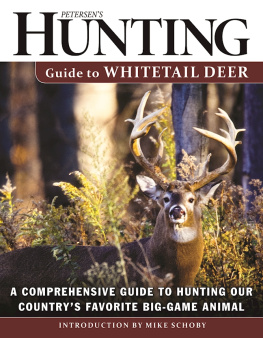
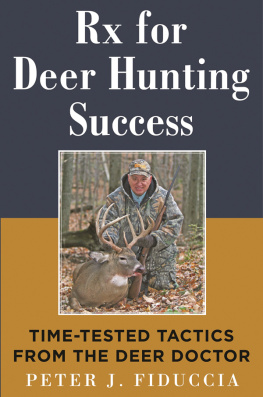
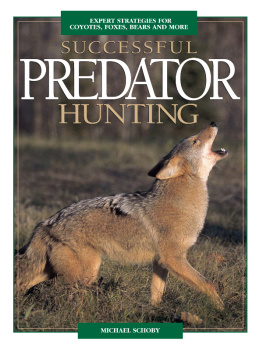
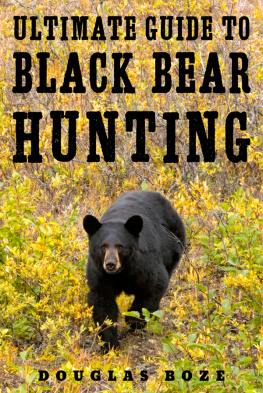
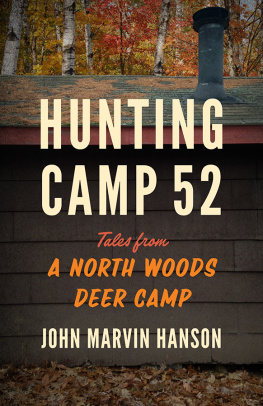
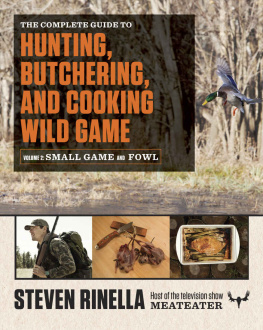

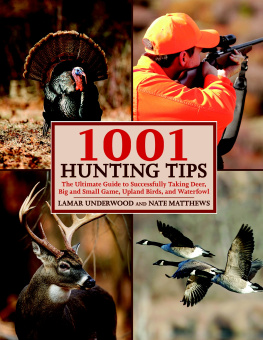
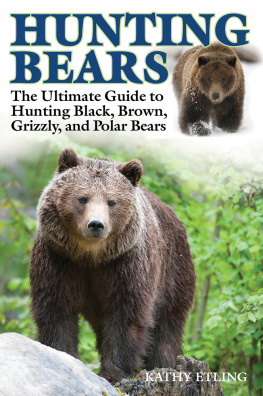
 THE COMPLETE HUNTER
THE COMPLETE HUNTER




